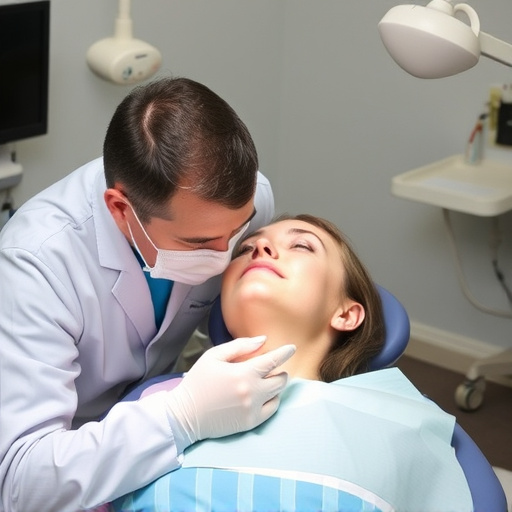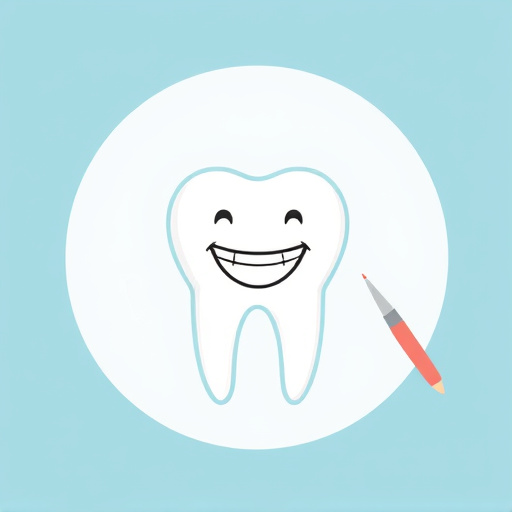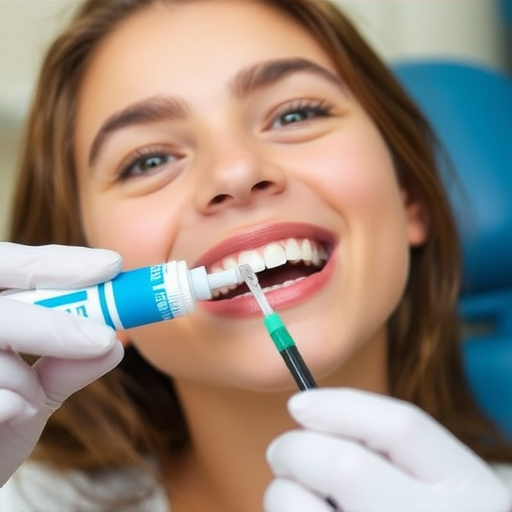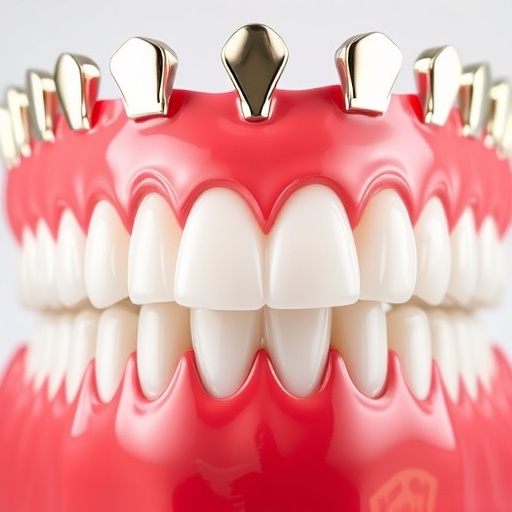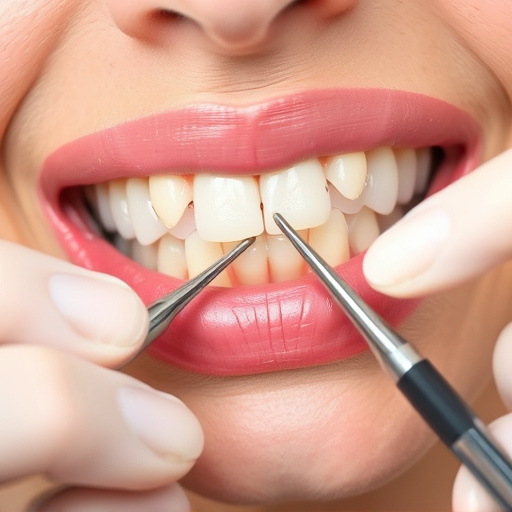Tooth extraction services have advanced significantly, focusing on patient comfort and stress reduction. Modern techniques, including local anesthesia, state-of-the-art equipment, and evidence-based procedures, minimize pain. Restorative dentistry, such as implants and bridges, ensures optimal oral health post-extraction. Proper aftercare, including pain management and good hygiene, speeds recovery and maintains oral well-being.
Looking for compassionate and effective tooth extraction services? Extracting a tooth can seem daunting, but modern dentistry offers advanced techniques designed to minimize pain and stress. From understanding common procedures and their purposes to exploring cutting-edge anesthesia and efficient aftercare practices, this guide covers everything you need to know for a smooth experience. Discover how tooth extraction services can restore your oral health comfortably and confidentially.
- Understanding Tooth Extraction: Common Procedures and Their Purpose
- Minimizing Pain: Modern Techniques and Anesthetics for a Comfortable Experience
- Aftercare and Healing: Tips to Expedite Recovery and Reduce Stress Post-Extraction
Understanding Tooth Extraction: Common Procedures and Their Purpose
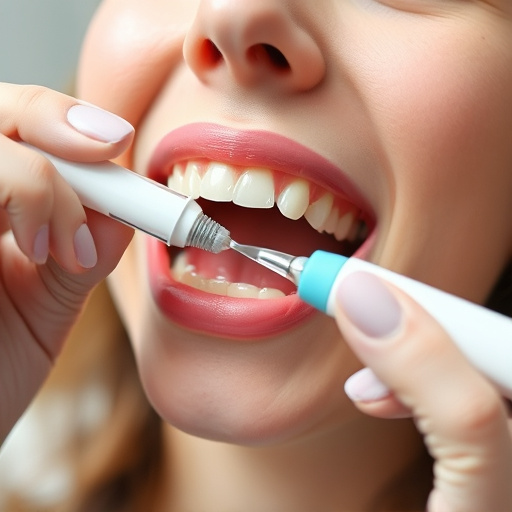
Tooth extraction services have evolved to provide effective solutions for various dental issues, prioritizing patient comfort and minimizing stress. Common procedures include simple extractions for healthy teeth and complex extractions for impacted or severely damaged teeth. The primary purpose is to prevent further damage, alleviate pain, and improve overall oral health. Simple extractions, often performed under local anesthesia, involve removing a visible tooth in a straightforward manner. In contrast, complex extractions may require surgical intervention due to the position or condition of the tooth, ensuring it’s safely removed while preserving nearby structures.
Understanding these procedures is crucial when considering tooth extraction services. Modern dental practices offer advanced techniques and technologies to enhance comfort during the process. Restorative dentistry plays a supporting role, addressing any gaps left by extracted teeth through solutions like implants or bridges. Dental cleanings and fillings are also integral parts of maintaining oral health after extractions, ensuring patients can enjoy improved smiles and overall well-being.
Minimizing Pain: Modern Techniques and Anesthetics for a Comfortable Experience
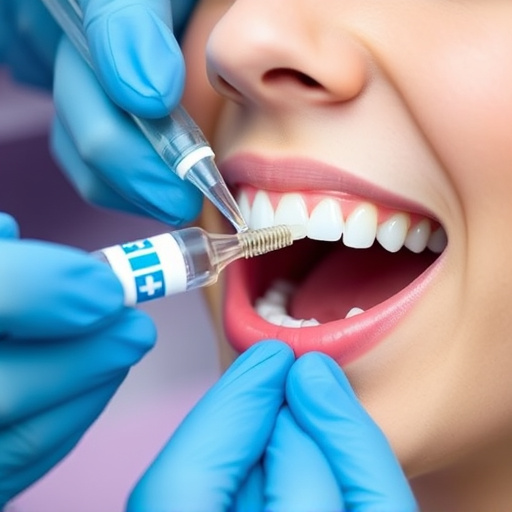
Tooth extraction services have come a long way, incorporating modern techniques and advanced anesthetics to significantly minimize pain and stress for patients. Traditional methods often left individuals with discomfort and significant downtime. However, contemporary dental practices employ state-of-the-art equipment and evidence-based procedures to ensure a more comfortable experience. Local anesthetics are administered precisely to numb the extraction site, eliminating the sharp, intense pain typically associated with tooth removal.
Moreover, advanced techniques like the use of clear aligners, which gradually move teeth into place without metal braces, have made tooth extraction services even less invasive. For children’s dentistry, this modern approach not only reduces anxiety but also speeds up recovery. Additionally, dental crowns, offering both functionality and aesthetic benefits, are often used to strengthen and protect the extracted area, further enhancing patient comfort and overall satisfaction with their tooth extraction experience.
Aftercare and Healing: Tips to Expedite Recovery and Reduce Stress Post-Extraction
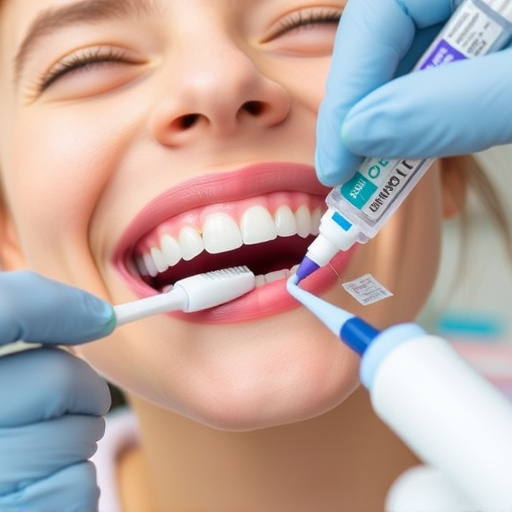
After a tooth extraction, proper aftercare is essential to ensure a smooth recovery and reduce any post-procedural stress. Patients often experience some level of discomfort and swelling, which can be managed with over-the-counter pain relievers recommended by dental professionals. It’s crucial to keep the extracted area clean to prevent infection; gentle rinses with salt water or prescribed mouthwashes can aid in this process.
To expedite healing and maintain oral health, patients should avoid strenuous activities for a few days, restrict hot foods, and stick to soft or cool meals. Additionally, maintaining good oral hygiene practices, such as regular brushing and teeth cleaning, is vital to prevent complications and ensure the area heals properly. Dental professionals may also suggest specific aftercare instructions tailored to individual needs, including when to schedule follow-up appointments for monitoring.
Tooth extraction services that employ modern techniques and anesthetics significantly minimize pain and stress, ensuring a comfortable experience. By understanding common procedures and providing meticulous aftercare, patients can expedite their recovery and reduce post-extraction stress. These comprehensive services not only address oral health concerns but also prioritize patient comfort and well-being.









